Confronting Our
Plastic Addiction
Plastic ‘Not So’ Fantastic
Since its creation, the incredible and versatile material known as plastic has been used in all industries. As a material, plastic is cheap, versatile, lightweight, strong, and long lasting. The problem is that plastic is durable and slow to degrade. It never really goes away, and instead, breaks up into smaller and smaller pieces.
Single-use plastic is now one of the largest threats to our environment. Plastic waste is piling up at an incredible rate, and yet we continue to make more, over 300 million tons annually. More than 8 million tons of this plastic enters our oceans each year, and it has a devastating impact on marine ecosystems and wildlife. Plastic pollution kills an estimated 100,000 marine mammals annually, as well as a million seabirds, and an inestimable number of fish and invertebrates.
Buoyant plastic transports alien and invasive species around the world. Abandoned, lost, or otherwise discarded fishing gear continues to catch animals for decades, and scours and smothers reefs and other benthic habitats. Animals that become entangled in smaller pieces of net or other plastic items like 6-pack rings, may be quickly suffocated, or suffer lacerations, limb amputation, or a lingering death from malnutrition. Plastic pollution harms a number of maritime and coastal industries: it damages tourism, devastates fisheries, and causes serious economic losses in the shipping industry.
Plastic never goes away, instead it breaks up into smaller and smaller pieces, what are known as microplastics. When these tiny pieces of plastic are ingested by animals, and they increasingly are, they can block the digestive tract, get lodged in animal’s windpipes cutting airflow causing suffocation, or fill the stomach, resulting in malnutrition, starvation and potentially death. Toxins from ingested plastic transfer into the flesh and organs of the animal, and work their way through the food web, eventually reaching humans who catch and eat the fish, transferring the toxins from the fish to us!
Community beach clean ups are now a very common sight on our beaches and coastlines. While these are valuable initiatives, serving as educational and awareness raising exercises, as well as removing pollution that could pose a threat to wildlife, we cannot rely on beach cleanups.
We need to stop creating and consuming plastic. It’s time to end our addiction to plastic.

A significant amount of the world’s plastic pollution enters our oceans from Asia, with the top ten most plastic polluting river systems being found in Asia and North Africa. There are a number of reasons as to why this is the case. Many low income countries have poor waste management infrastructure. Global manufacturers are also to blame, as they are scaling down products into single use versions for lower income countries. For example, whereas in a higher income country shops may sell a single large bottle of shampoo, which can then be easily recycled after its used, this is not the case in many developing countries. Here, manufacturers offer shampoo in single use sachets, which are sold in large rolls, allowing customers to buy as many as they need or can afford. These plastic sachets are made of multi-lament plastic which is generally not recyclable, and instead, they end up in landfills or the ocean. A wide variety of products are sold in single-serving sachets; food, cosmetics, and even water, and estimates suggest that well over 100 million sachets are disposed of each day.
While significant amounts of plastic enter our oceans from Asia, this is only part of the story. For decades, many higher income countries have been shipping their plastic waste to low income countries, where it overwhelms local waste management systems. Waste supply chains are global, and higher income countries have been dumping their waste around the world for years in a practice that often masks their considerable contributions to global plastic pollution. One study found that when waste exports and illegal dumping were included in calculations, the United States of America was the largest contributor of marine plastic pollution.
